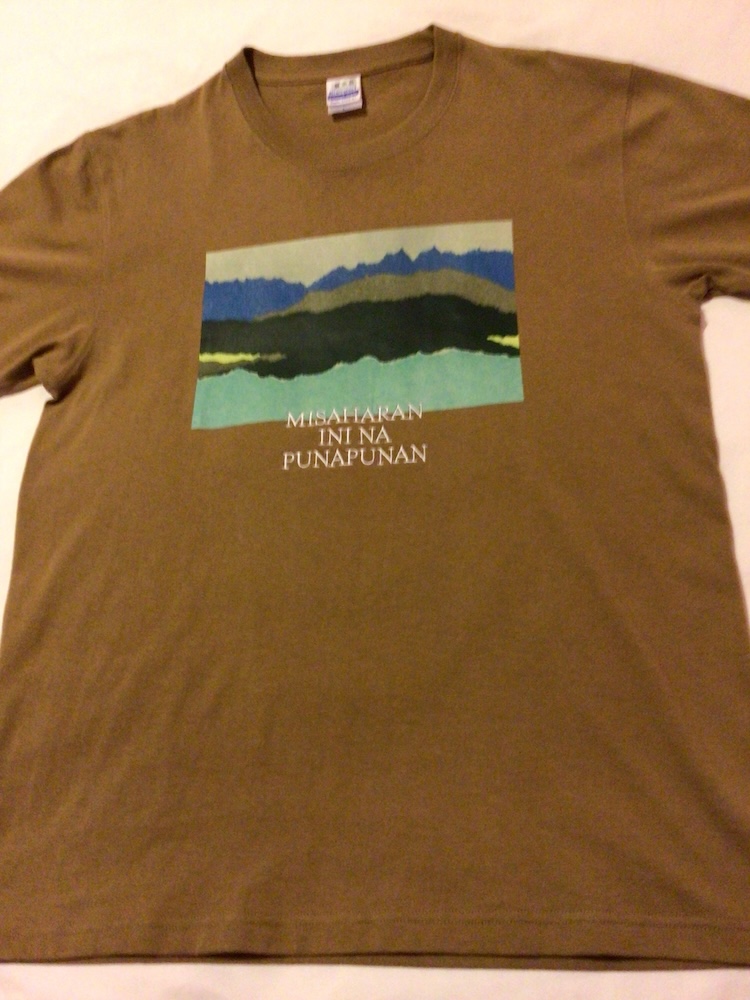Worth pondering:
‘The more languages we have, the better we can understand the world’
The vanishing Aleut language and the future of Russia’s linguistic diversity
3:50 am, October 25, 2022
Source: Meduza
Interview by Anna Smirnova. English-language version by Sam Breazeale.
Is it possible for a recently dead language like Manchu, which was politically powerful for centuries and had millions of speakers, to be brought back to life? I think definitely yes, if there's a will to revive it, especially if it has close living relative with tens of thousands of speakers, such as Sibe / Xibe, there's no reason why it cannot be done
In early October, an 86-year-old man named Gennady Yakovlev died in the village of Nikolskoye on Russia’s Bering Island. Subsequent news reports referred to him as the last native speaker of the Aleut language — and many proclaimed that the language had died along with him. Meduza spoke to Evgeny Golovko, the director of the Russian Academy of Sciences' Institute for Linguistic Studies, about the history of the Aleut language, why languages disappear, and whether the Aleut language really died along with Yakovlev.
Read the rest of this entry »
